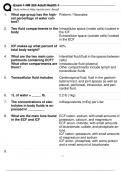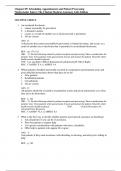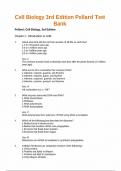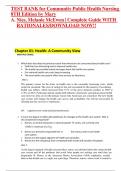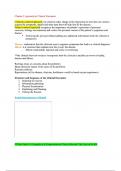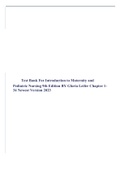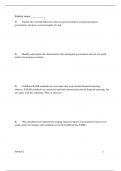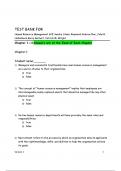Exam (elaborations)
NR324 EXAM 1/NR-324 ADULT HEALTH 1 EXAM 1 LATEST 2 VERSIONS A AND B ACTUAL EXAM QUESTIONS AND CORRECT DETAILED ANSWERS|AGRADE
- Course
- Institution
NR324 EXAM 1/NR-324 ADULT HEALTH 1 EXAM 1 LATEST 2 VERSIONS A AND B ACTUAL EXAM QUESTIONS AND CORRECT DETAILED ANSWERS|AGRADE
[Show more]
